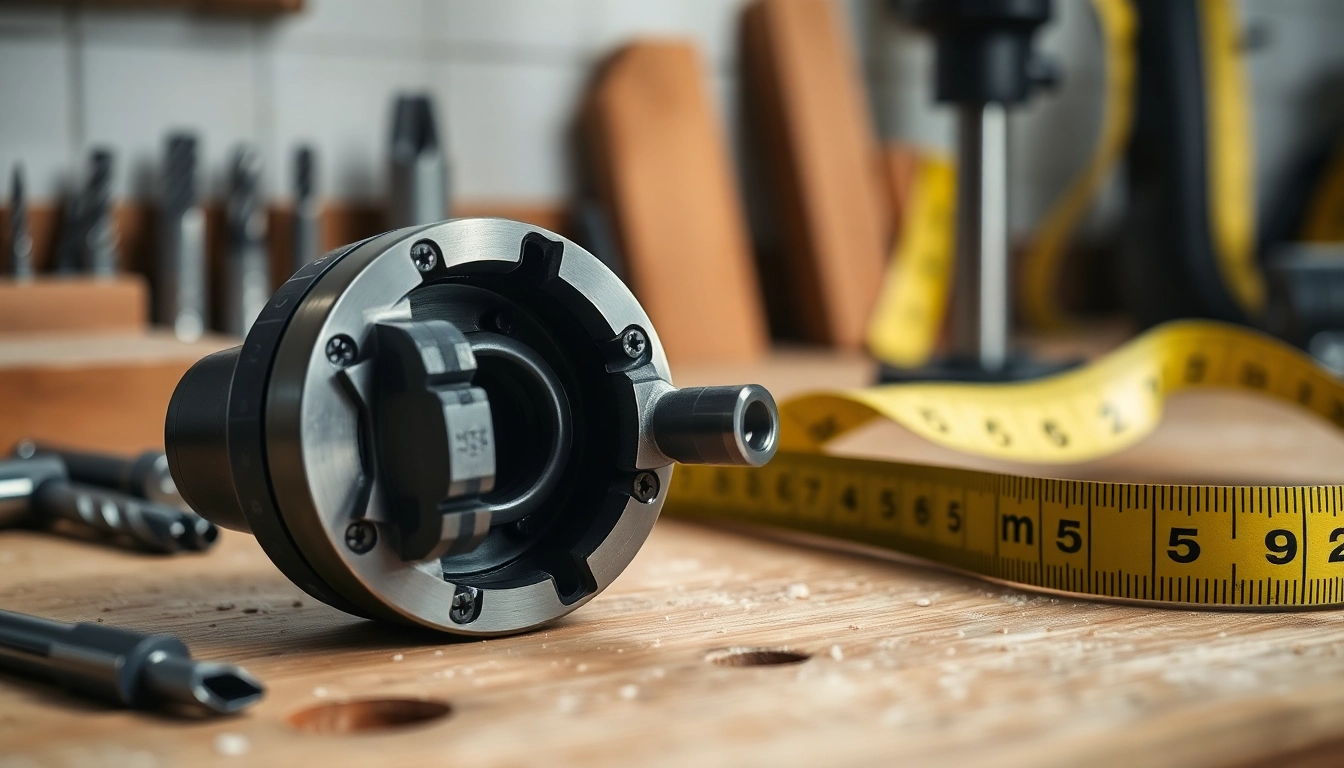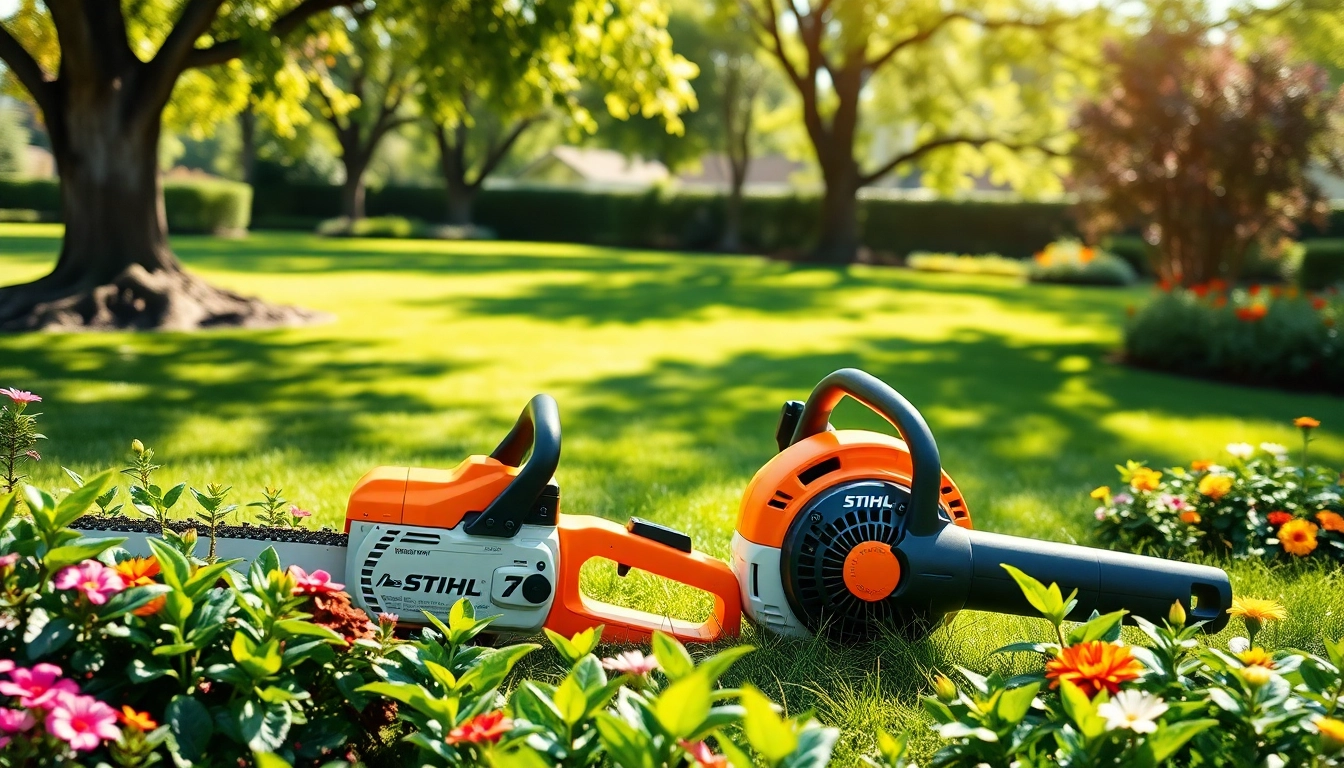Understanding Drill Chucks
What is a Drill Chuck?
A drill chuck is a crucial component of a power drill or a drill press, designed to hold the drill bit securely in place during operations. Its main purpose is to allow the user to easily change drill bits and maintain a firm grip on them while ensuring precision and stability. Without a quality drill chuck, the effectiveness of drilling processes could be significantly hampered, leading to less accurate holes and longer operational times.
Types of Drill Chucks Available
Drill chucks come in various styles, each designed to meet specific applications. Some common types include:
- Keyed Drill Chucks: Require a key to tighten and loosen the chuck, providing a strong grip on the drill bit. They are often found on older drills and some more robust models.
- Keyless Drill Chucks: Allow for easy bit changes without a key, promoting quick and efficient bit swaps. Ideal for standard home use and professionals who need to switch bits quickly.
- Hybrid Drill Chucks: Combine features of both keyed and keyless chucks, offering flexibility and utility for various drilling tasks.
- Precision Drill Chucks: These are often used in applications requiring exact hole sizes and alignments, such as in machining and manufacturing. They offer superior accuracy and stability.
Usage Scenarios for Different Drill Chucks
Understanding when to use each type of drill chuck can significantly impact performance:
- Keyed Chucks: Best for heavy-duty applications where torque is critical, such as in metalworking and construction.
- Keyless Chucks: Suited for lighter applications like woodworking, where ease of use and speed are prioritized.
- Precision Chucks: Ideal for detailed tasks in laboratories or manufacturing settings where consistency in results is demanded.
Key Features of a Quality Drill Chuck
Precision and Accuracy in Drill Chucks
The precision of a drill chuck is paramount in ensuring that the drill bit is held in perfect alignment with the axis of the drill. Variations in the concentricity of the chuck can lead to inaccurate drilling, which may result in undesired hole sizes and potential damage to the material being worked on. High-quality drill chucks are manufactured to stringent tolerances, ensuring minimal runout and contributing to better overall drilling performance.
Material and Construction Quality
Durability is another essential characteristic of a quality drill chuck. Typically constructed from high-grade metals and composites, quality drill chucks withstand the rigors of frequent use and heavy workloads. Features such as corrosion resistance, excellent grip mechanisms, and robust locking systems further enhance the longevity and reliability of the chuck.
Comparing Keyed vs. Keyless Drill Chucks
Choosing between keyed and keyless drill chucks often comes down to user preference and the specific requirements of the job. Keyed chucks provide a more secure hold, which may be necessary for high-torque applications, while keyless chucks offer convenience and speed, crucial for tasks requiring frequent bit changes. Understanding these differences can guide users in selecting the most appropriate chuck for their needs.
How to Choose the Right Size Drill Chuck
Standard Sizes and Their Applications
Drill chucks come in various sizes, with common standard sizes being 10mm (3/8 inch) and 13mm (1/2 inch). The choice of size is often influenced by the type of drill and the size of drill bits being used. Selecting the right size ensures optimal performance without slippage during operation.
Finding the Right Fit for Your Drill
To determine the correct drill chuck size for your drill, consider the following:
- Check the manufacturer’s specifications for your drill model.
- Measure the diameter of the drill bit shank, as the chuck needs to accommodate this size.
- Evaluate the intended drilling tasks – larger bits generally require larger chucks for proper support.
Common Mistakes to Avoid When Selecting Sizes
Common mistakes users make include choosing a chuck that is too large or too small for their drill or failing to consider the type and size of the drill bits they intend to use. Additionally, not accounting for the drilling material’s hardness and the required torque can lead to performance issues. Always consult product guides and perform thorough research to avoid these pitfalls.
Maintaining and Caring for Your Drill Chuck
Routine Maintenance Tips for Longevity
Proper maintenance of your drill chuck is crucial for its longevity and optimal performance. Here are some routine tips:
- Regularly clean the chuck with a dry cloth to remove dust and debris that could impede functionality.
- Apply a light lubricant to the chuck’s moving parts every few months to ensure smooth operation.
- Inspect the chuck for wear and damage, replacing it if excessive wear is observed.
How to Replace a Worn-Out Drill Chuck
Replacing a worn drill chuck is essential to maintaining the effectiveness of your drill. Here’s a general step-by-step guide:
- Disconnect the drill from the power source for safety.
- Remove the old chuck by unscrewing it from the spindle using the appropriate tools (this might vary by model).
- Attach the new chuck by reversing the removal process, ensuring it is secured tightly.
- Test the drill to verify proper functioning before resuming use.
Ensuring Safety While Using Drill Chucks
Safety should always be a priority when using drills and drill chucks. Make sure to:
- Wear appropriate personal protective equipment (PPE), including safety glasses and gloves.
- Ensure the drill is unplugged when changing chucks or bits.
- Avoid wearing loose clothing or jewelry that could snag on moving parts.
Where to Buy Quality Drill Chucks
Top Brands and Their Specialties
Several brands are well-known for their high-quality drill chucks. Some of these include:
- Jacobs: Renowned for producing robust keyed chucks with high grip strength.
- Albrecht: Specializes in precision drill chucks ideal for those requiring high accuracy.
- Röhm: Offers a wide variety of both keyed and keyless options designed for heavy-duty and everyday applications.
Online vs. In-store Purchasing Considerations
Choosing between online and in-store purchases may depend on personal preference and the immediacy of your needs. Online shopping often provides access to a broader range of products and competitive pricing, while in-store purchases allow for immediate possession and potentially personalized advice from sales staff.
Comparing Prices and Reviews Before Buying
Before making a purchase, it’s vital to compare prices across different platforms to ensure you’re getting a good deal. Additionally, reading reviews from other users can provide insight into the performance and reliability of specific models, aiding in making a more informed decision.




